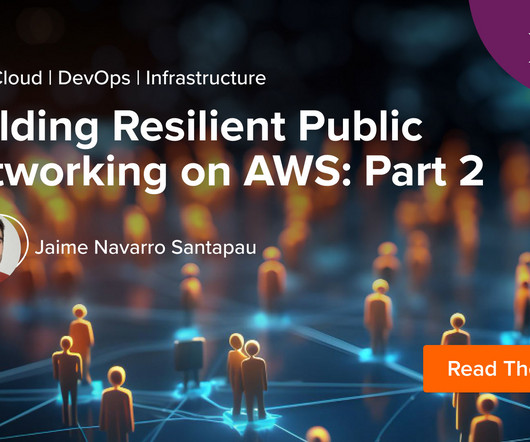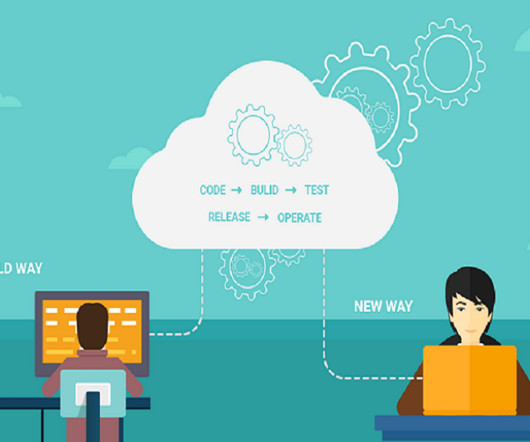AWS vs. Azure vs. Google Cloud: Comparing Cloud Platforms
Kaseya
MAY 13, 2021
A cloud service provider generally establishes public cloud platforms, manages private cloud platforms and/or offers on-demand cloud computing services such as: Infrastructure-as-a-Service (IaaS) Software-as-a-Service (SaaS) Platform-as-a-Service (PaaS) Disaster Recovery-as-a-Service (DRaaS). Compliance, Security and Disaster Recovery.




















Let's personalize your content